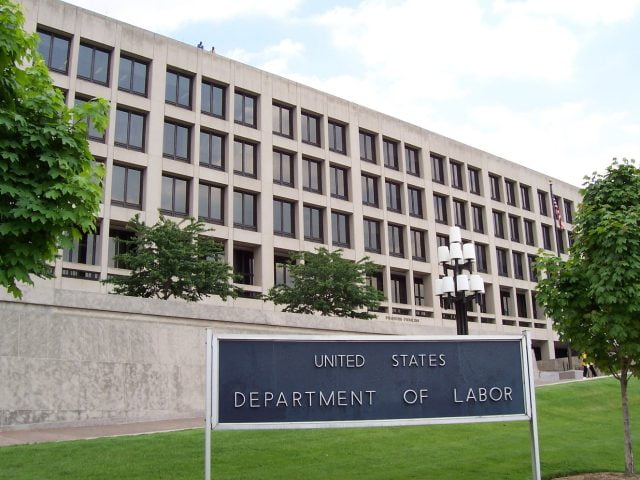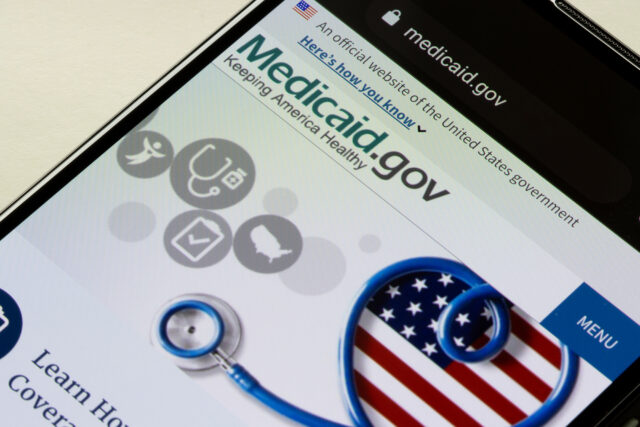
State Initiatives on Retirement Saving May Not Need DOL Clarifying Rule
Alicia H. Munnell is a columnist for MarketWatch and senior advisor of the Center for Retirement Research at Boston College.
But why try to put sand in the works?
A bright spot on the retirement income landscape is state initiatives to establish “Auto-IRA” programs for uncovered private sector workers within their state. The programs are voluntary – workers can always opt out. The employer’s role is limited to making sure the right contribution amount is sent in, with no match allowed or fiduciary responsibility required. Taxpayers are not at risk because these programs consist of individual accounts – thus no issue of underfunding as can occur in traditional pension plans exists – and the investments are administered by private sector firms, not the state government.
Until 2016, one obstacle in the path of all the state initiatives was some uncertainty about the regulatory environment. The states were concerned that a state-run Auto-IRA program would fall under the auspices of the Employee Retirement Income Security Act (ERISA). While ERISA offers many consumer protections – and the states involved should make sure their programs incorporate similar protections – it also involves significant reporting and disclosure requirements and raises the possibility that the programs might be “preempted” by the federal law. This preemption would mean that the states would not be able to offer their programs.
To eliminate the uncertainty, the U.S. Department of Labor (DOL) in 2016 issued a clarifying rule for “Savings Arrangements Established by States for Non-Governmental Employees.” The rule establishes a safe harbor whereby state-run payroll deduction programs with automatic enrollment would not be covered by ERISA. Now Congress is trying to put sand in the works by overturning the clarifying rule.
Fortunately, this strategy may not work for two reasons. First, Oregon plans to have its program up and running this summer regardless of Congress’ actions. Second, many lawyers and regulators believe that the clarifying rule was unnecessary in the first place; the original 1975 DOL regulation is sufficient for exempting Auto-IRA programs from ERISA.
The 1975 regulation said that ERISA does not cover an IRA payroll deduction arrangement if four conditions are met: 1) the employer makes no contributions; 2) employee participation is “completely voluntary;” 3) the employer does not endorse the program and acts as a mere facilitator; and 4) the employer receives no consideration for his expense.
In the case of state auto-IRAs, requirement “2)” – the “completely voluntary” language – was the sticking point. Auto-IRA programs did not exist in 1975, so it was unclear whether they would meet this requirement. DOL’s 2016 rule addressed this issue by first dropping the word “completely” from the 1975 standard with respect to state Auto-IRAs, making it simply “voluntary.” DOL then concluded that automatic enrollment (with employees allowed to opt out) meets this “voluntary” standard. Thus, the 2016 safe harbor provided state programs with welcome clarity.
But now, Congress is in the process of using its power of review to overturn the 2016 rule. The House of Representatives voted on February 15, with a Senate vote expected soon.
These programs should not be a partisan issue. Both Republicans and Democrats support increasing retirement saving. The rule is on Congress’ radar screen only because trade associations for financial firms – the Investment Company Institute and the American Council of Life Insurers – believe that state Auto-IRAs could impede firms from expanding their own 401(k) client base. However, forty years of effort have not moved the needle on coverage, so nothing is likely to happen on the coverage front without Auto-IRAs.
The good news is that Oregon will have an up-and-running program this year. One successful program will provide a major impetus to other states to accelerate their efforts. In addition, regulations already on the books may be sufficient to clarify the legal status of these plans.







